Jodoo Task Management Solution
Coordinate complex work with real-time portfolio control, structured WBS, dependency guardrails, milestone truth, and audit-ready handoffs for engineering, utilities, logistics, field ops, and professional services.
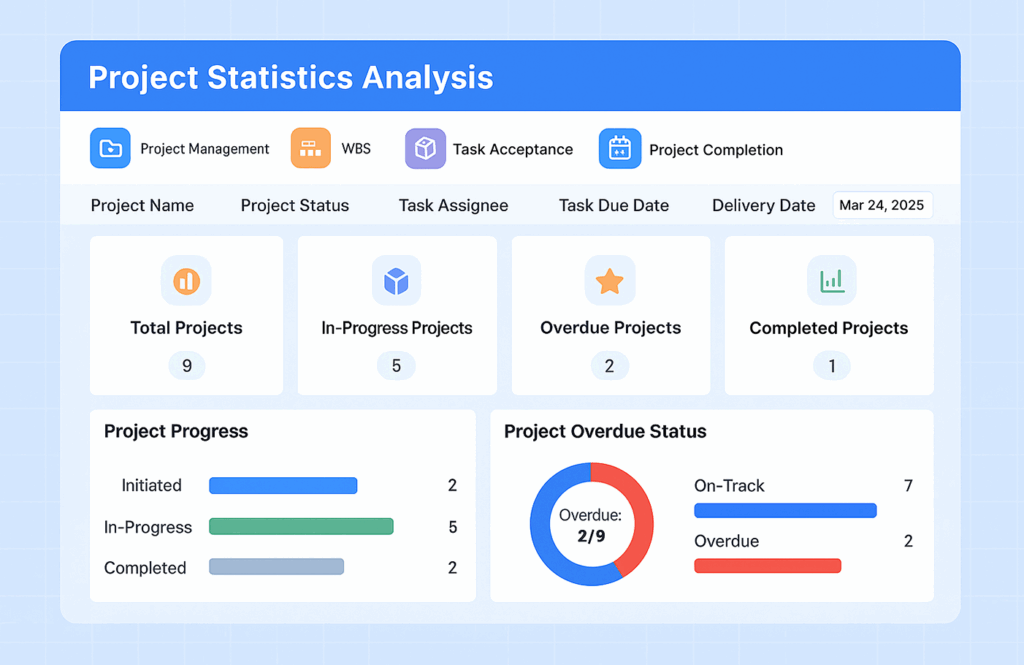
Trusted by businesses worldwide

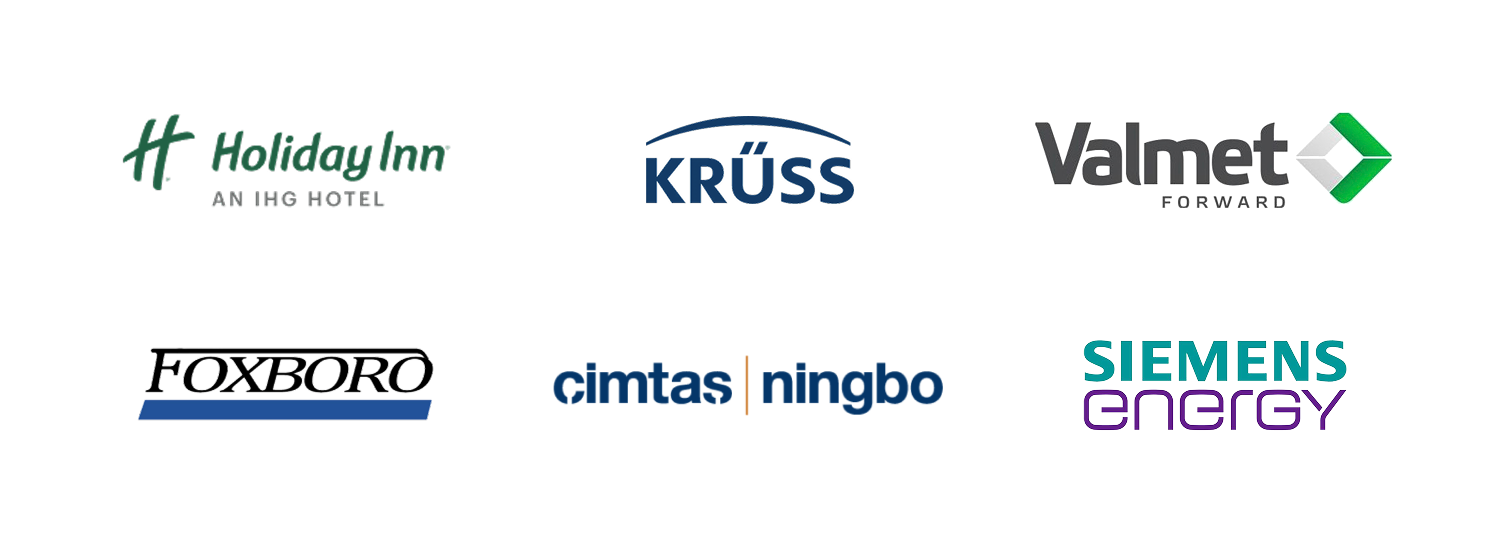
Highlights of our Solution
Get a single source of truth and control execution in real time
- Consolidate task lists, owners, status, hours, and linked files on one page so leaders view the whole picture without switching tools.
- Highlight overdue work in red to surface bottlenecks and trigger fast action.
- Use personal to-dos and “due this week” cues to keep every contributor on pace across locations.
Structure complex work with multi-level WBS and enforce clean handoffs
- Build a clear Work Breakdown Structure (WBS) with hierarchical codes and drag to adjust levels as plans evolve.
- Lock downstream tasks automatically when predecessors are not completed to protect quality and timing.
- Reuse proven task trees as templates to standardize rollouts across projects and teams.
Track end-to-end, pinpoint risk early, and raise confidence in delivery
- Switch by project, team, or member to drill from the portfolio view to any task in seconds.
- Update project completion automatically when key milestones are achieved to make progress honest and visible.
- Map dependencies and read a live Gantt to find risk chains before they turn into delays.

Prove outcomes with logs
Record change and acceptance histories that show who approved what and when.

Capture on-site proof
Add photos, files, and comments directly to tasks and milestones to verify work done.

Clarify ownership by roles
Show who owns what and what is due this week using RBAC (role-based access control).

Support 12+ languages
Support Bahasa Indonesia, Vietnamese, and Thai interfaces and forms, so mixed crews can work without barriers.

Cut rework by enforcing dependencies
Freeze downstream tasks until prerequisites finish so handoffs stay clean.

Send mobile updates and notifications
Alert owners about due and overdue work and let teams update status and notes on mobile.

Focus meetings with one-page reports
Share portfolio snapshots that highlight status, delays, and ownership in plain view.

Analyze workload and rebalance fast
See owner workload by task count or hours and reassign to avoid bottlenecks.

Calculate work hours and highlight ROI
Roll up accepted hours versus planned hours to update percent complete and surface savings.
Why Jodoo
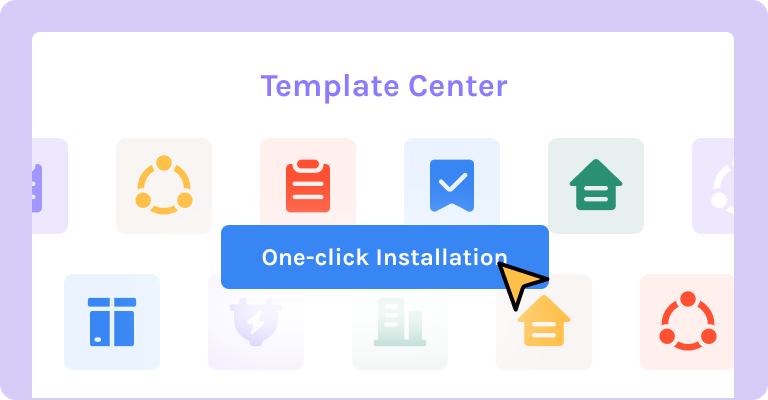
Deploy instantly with ready-made templates
Launch systems using a wide selection of out-of-the-box templates for industry-tailored workflows. Every template is fully customizable to fit your unique business needs.
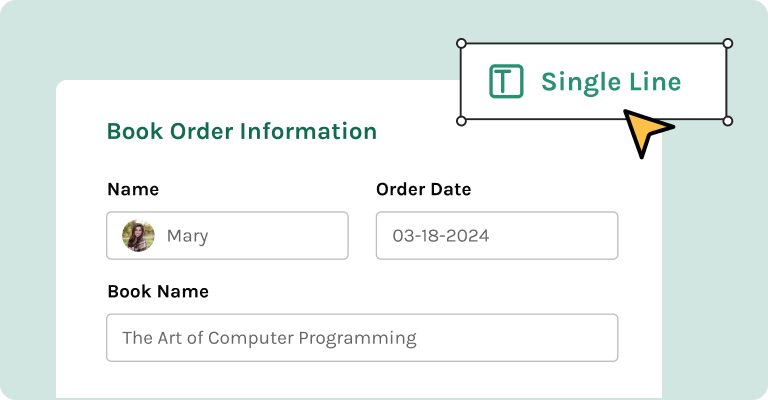
Build custom apps with intuitive drag-and-drop builders
Create and adapt forms, automations, and dashboards visually, without any coding required.
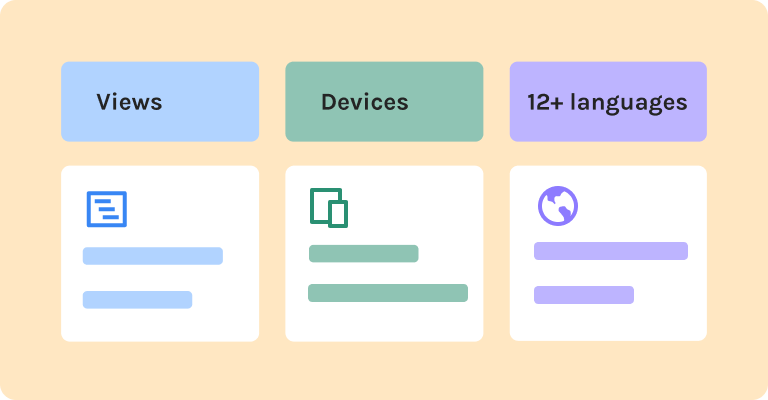
Manage work the way you prefer across any device
Switch between Gantt, Kanban, and grid views to match your workflow. Access and update your data on desktop, tablet, or mobile in 12 + languages your crews actually speak.
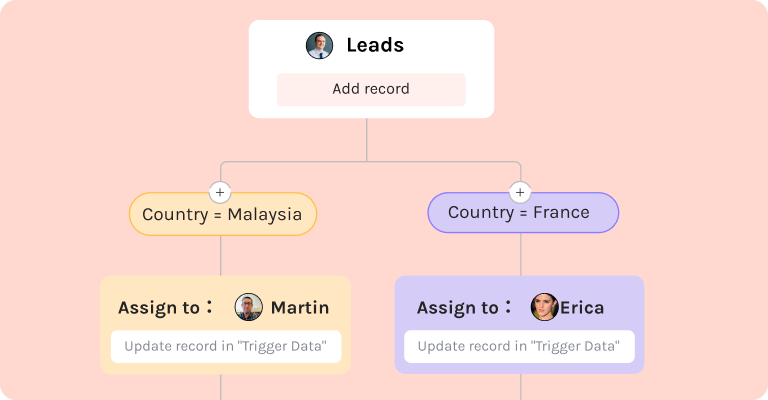
Automate routine processes and approvals
Set up automation rules for approvals, notifications, and reminders. Streamline repetitive processes so your team can focus on what matters most.
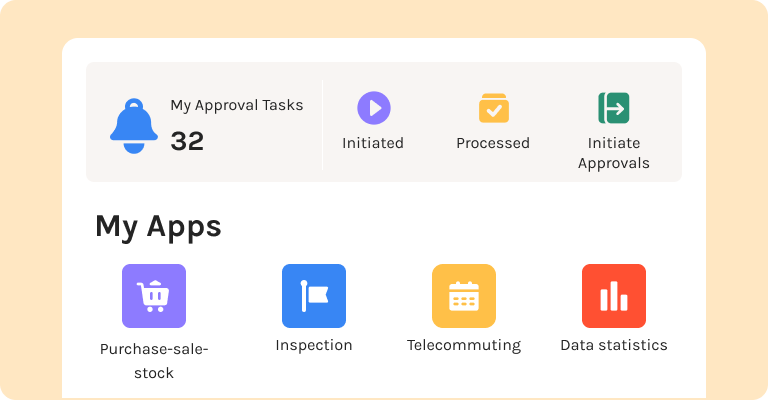
Automate your contract and site approvals
Link every workflow—HR, finance, operations, CRM—on a single platform. Ensure real-time insights with synchronized, easily accessible data.
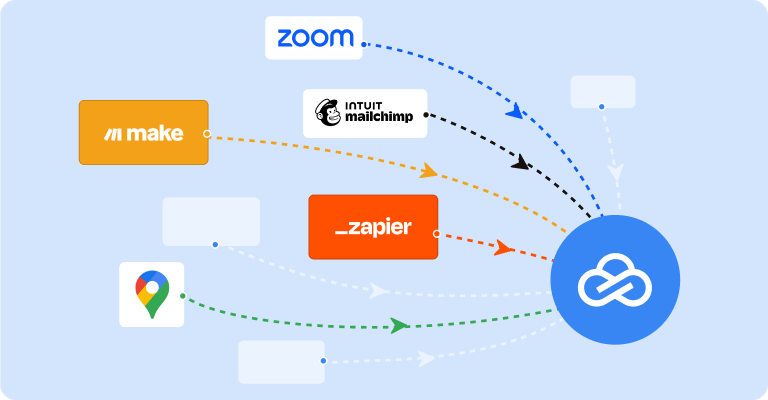
Integrate and scale as your business grows
Connect easily with third-party tools and systems. Expand to support more users, apps, and data without limits on capacity or performance.
Your security is our top priority
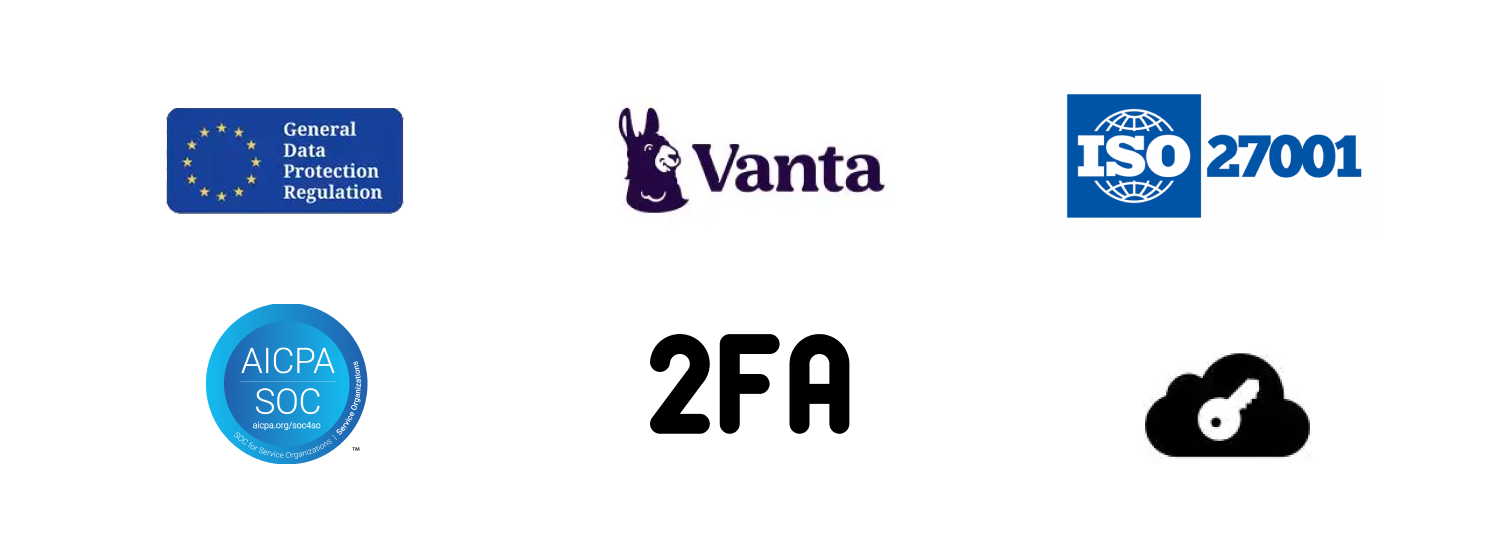
Ready to prove progress with real evidence?
FAQs
Install the Task Management template from the gallery, load a sample project, and invite your team. Book a demo if you want help mapping your WBS and dependencies in week one.
Export data from spreadsheets or other tools and use the import wizard to map columns to project, task, owner, status, dates, and WBS codes.
Replace heavy setup with ready templates and no-code builders so you configure in hours, not weeks. Keep governance strong with acceptance logs, change records, and dependency guardrails that protect delivery.
Use personal to-dos and “due this week” views to keep focus. Update progress in Kanban, grid, or Gantt and trigger alerts when tasks slip.
Mark key milestones as achieved and let the system recalculate project completion so stakeholders see an honest, current percentage.
Set predecessor links and block downstream tasks until prerequisites finish. Show clear messages on frozen tasks so teams understand why they must wait.
Route change requests and acceptance checks through built-in forms and logs. Capture who approved, what changed, and when, then reflect updates on dashboards.
Standardize planning, enforce clean handoffs, and prove outcomes with audit-ready history. Reduce rework and speed reviews by giving leaders one place to see portfolio status and delays.
Keep collaboration simple while adding governance tools like dependency freezes, milestone-driven progress, and acceptance logs that basic task apps often lack.
Avoid long deployments and rigid models. Configure WBS, forms, and dashboards with no code and scale only when you need deeper integrations.
Open the builder to add fields, tweak forms, and extend dashboards. Clone templates to fit each program while keeping a standard backbone.
Connect with Microsoft 365, Google Workspace, Slack, Salesforce, and NetSuite using native connectors or REST APIs. Keep data in sync so reports stay current.
Apply encryption, access controls, and audit trails by default. Align operations to GDPR, SOC 2, and ISO 27001 so compliance teams can review and approve.
Capture photos, notes, and status on mobile and sync to keep leaders updated between sites and meetings.
Use owner views and workload boards to balance assignments. Add hours on acceptance logs and extend reports for cost insights or connect to ERP if you need deeper accounting.
Start with one program, copy the template, and add department-specific fields. Keep a shared taxonomy for WBS and milestones so reports roll up cleanly.
